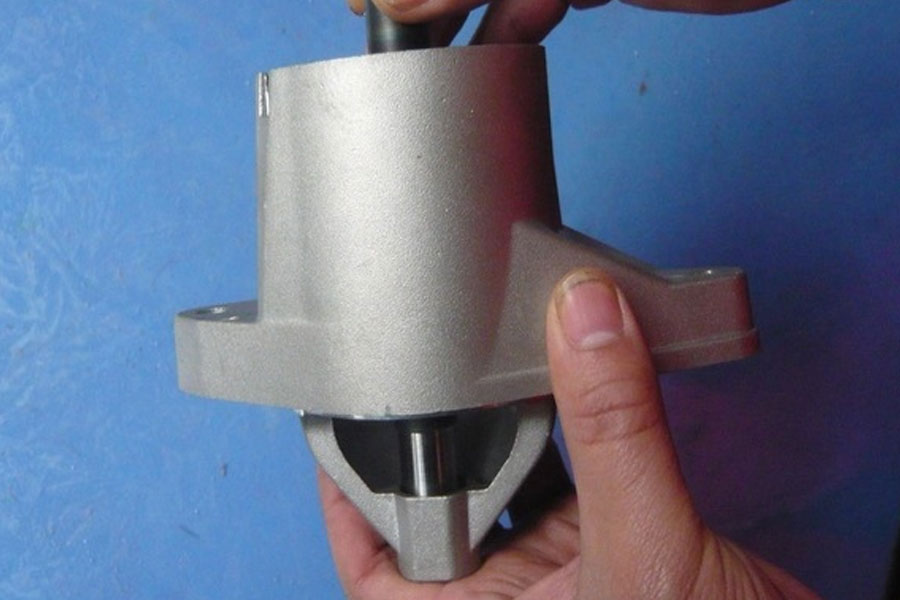The positioning accuracy of the CNC lathe refers to the position accuracy that each coordinate axis of the machine tool can move under the control of the CNC device. The positioning accuracy of the CNC lathe can be understood as the motion accuracy of the machine tool. The following mainly introduces the linear motion positioning accuracy of the CNC lathe:
1. Precision detection of the origin return of linear motion
The origin return accuracy is essentially the repeat positioning accuracy of a special point on the coordinate axis, so its detection method is exactly the same as the repeat positioning accuracy.
2. Linear motion repeat positioning accuracy detection
The instruments used for testing are the same as those used for testing positioning accuracy. The general detection method is to measure at any three positions close to the midpoint and both ends of each coordinate stroke. Each position is positioned with rapid movement, and the positioning is repeated 7 times under the same conditions. . Take one-half of the maximum difference in the three positions, and attach positive and negative signs as the repeated positioning accuracy of the coordinate. It is the most basic index that reflects the stability of the accuracy of the axis motion.
3. Linear motion positioning accuracy detection
Linear motion positioning accuracy is generally carried out under no-load conditions on the machine tool and worktable. According to the national standard and the International Standardization Organization (ISO standard), the detection of CNC machine tools should be subject to laser measurement. In the absence of a laser interferometer, for the average user can also use a standard scale with an optical reading microscope for comparative measurements. However, the accuracy of the measuring instrument must be 1 to 2 levels higher than the measured accuracy.
In order to reflect all errors in multiple positionings, the ISO standard requires each positioning point to calculate the average value and the dispersion difference-3 dispersion difference bands of the positioning point based on five measurement data.
4. Reverse error detection of linear motion
The reverse error of the linear motion, also called the amount of loss, which includes the reverse dead zone of the driving parts (such as servo motor, servo hydraulic motor and stepping motor, etc.) on the coordinate axis feed transmission chain, and each mechanical motion transmission pair The comprehensive reflection of errors such as backlash and elastic deformation. The greater the error, the lower the positioning accuracy and repeated positioning accuracy.
The detection method of the reverse error is to move a distance in the forward or reverse direction in advance in the measured coordinate axis and use this stop position as a reference, and then give a certain movement command value in the same direction to move it a distance Then move the same distance in the opposite direction and measure the difference between the stop position and the reference position. Measure multiple times (generally 7 times) at three positions near the midpoint and both ends of the stroke, and find the average value at each position. The maximum value of the obtained average value is the reverse error value.
